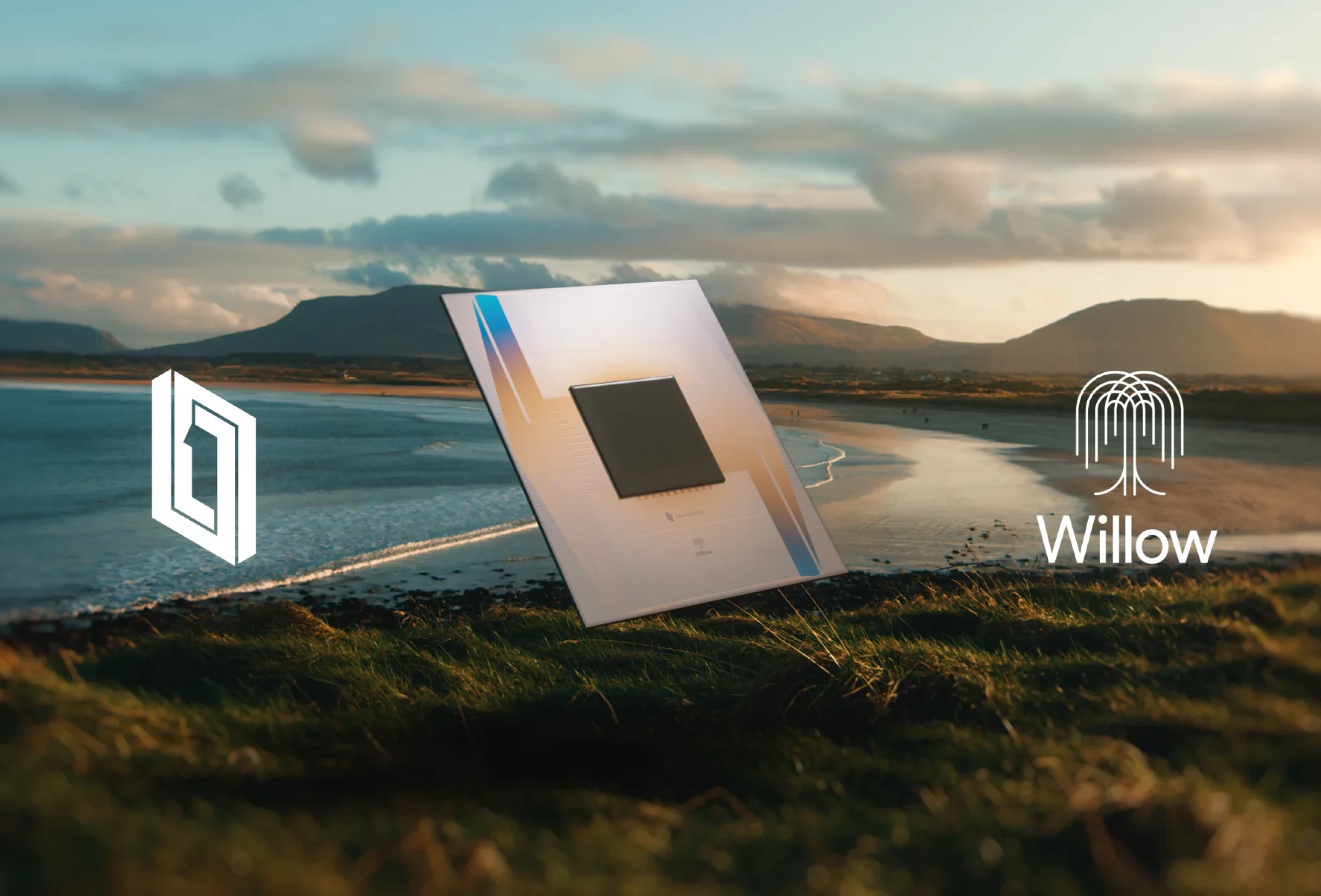Google recently announced a brand-new quantum chip that is breaking benchmarks and industry records in performance.
What is Quantum Computing
Quantum computing refers to a type of processing power that goes beyond the traditional capabilities of a classical computer. Quantum computers can perform calculations and process metrics that significantly enhance computational power. These are large systems typically utilized by industry giants.
Existing Quantum Computers
Quantum computers have existed for years, quietly streamlining data processing and tackling large sets of information. They are used in applications like weather pattern prediction, advancing machine learning and artificial intelligence, and contributing to the development of life-saving medicines.
A Newer Future
Google's development of Willow introduces cutting-edge technology in chipset design, achieving unprecedented performance across various metrics.
The most significant breakthrough achieved by Willow is its ability to reduce errors.
After performing benchmarks, Willow has demonstrated the capability to complete a standard benchmark computation in under five minutes. In contrast, traditional supercomputers would require 10 septillion years (10^25 years) to accomplish the same task.
The development of this chip has been 10 years in the making. Google's Quantum AI, founded in 2012, has consistently pursued the vision of building large-scale quantum computers to advance scientific discoveries.
Quantum Error Correction
Qubits, the fundamental units used by quantum computers, have a tendency to rapidly exchange information with their environments. This exchange makes it challenging to maintain the integrity of data needed for computations. In theory, the more qubits a system uses, the more errors it may encounter.
However, Willow has demonstrated that increasing the number of qubits actually reduces errors, thereby improving quantum processing. This breakthrough in quantum error correction has halved error rates—a milestone in quantum computing that hasn't been achieved in the past 30 years. This advancement by Google sets the stage for further improvements in the field.
Performance Metrics
Willow has its own dedicated fabrication facility in Santa Barbara, United States. This is one of the few facilities worldwide specifically designed for engineering and designing quantum chips.
Performance is critical in shaping the future of chipset development. Google prioritizes quality over quantity in quantum chip design. Producing a high number of qubits is only meaningful if the qubits themselves are of high quality. Willow currently leads the market in performance with 105 high-quality qubits.
Willow's performance is measured using the Random Circuit Sampling (RCS) benchmark, which is considered the most challenging metric for quantum computers today. Willow has outperformed the fastest existing supercomputers by completing the benchmark in five minutes. For comparison, the same task would take the fastest supercomputer 10 septillion years to finish.
Willow's score on this benchmark surpasses the metrics of all currently operational supercomputers.
Future with Willow
Willow is likely to pave the way for future advancements in quantum computing, particularly in making computations more applicable to real-world scenarios.
To date, no quantum computer has outperformed a supercomputer in a relevant application, but Willow's success with Random Circuit Sampling (RCS) demonstrates its potential to change that.
Google's quantum computing roadmap has now reached its second milestone and continues to advance as research and development progress. This technology is poised to lead the future of global computing and processing power.


